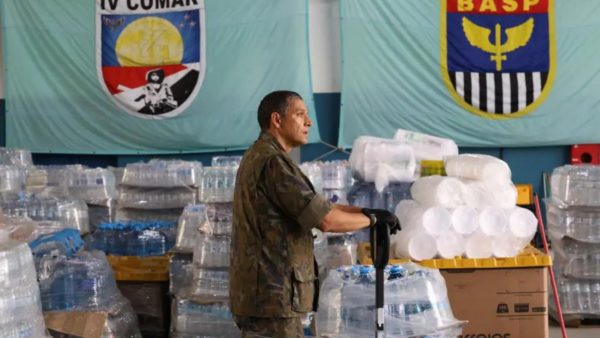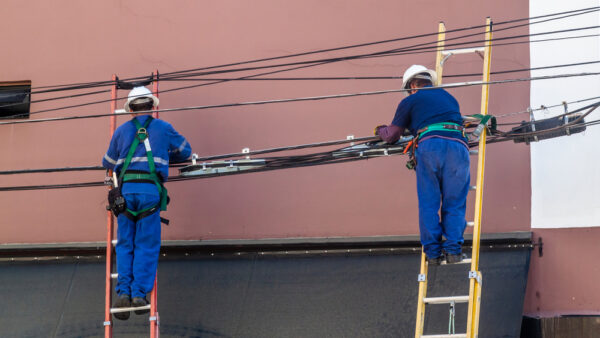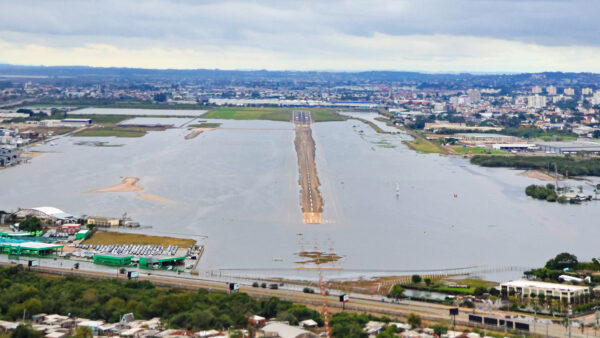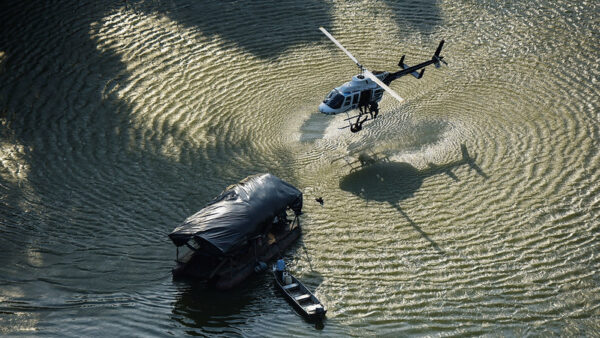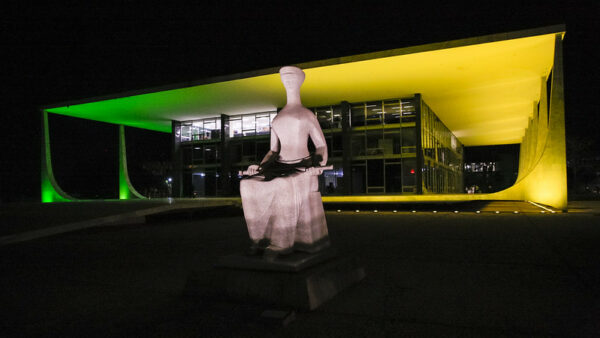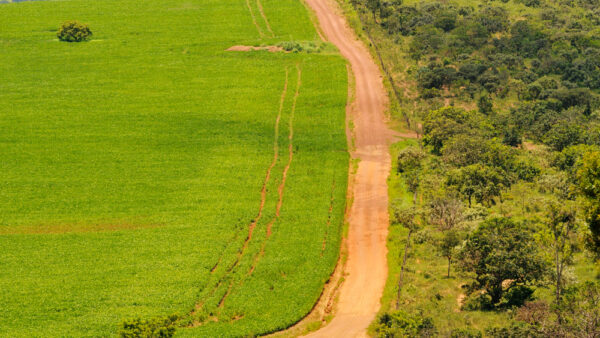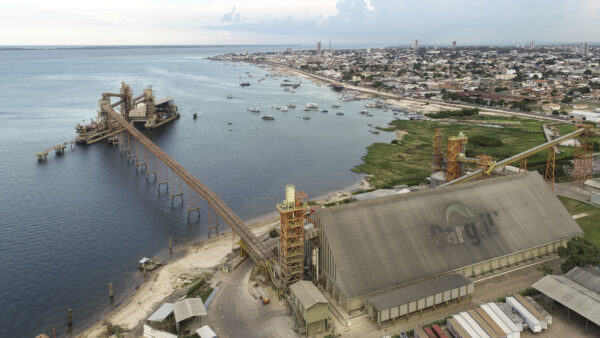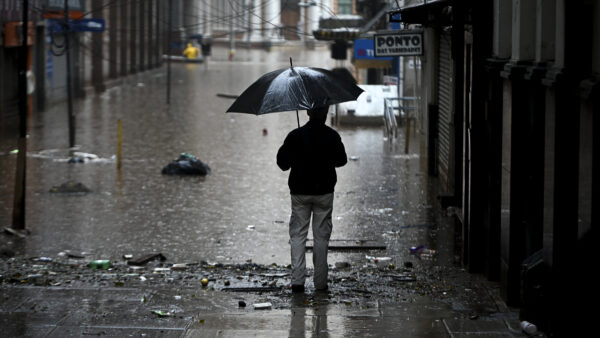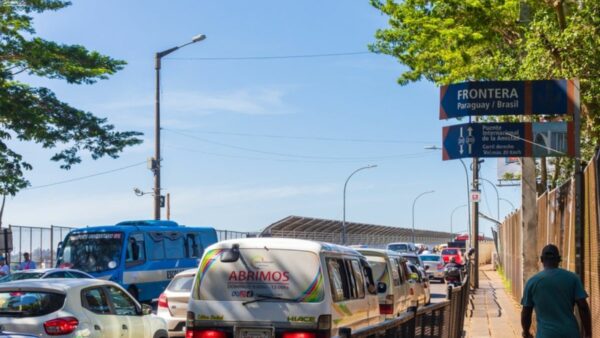More than a month after the start of the floods that devastated the southern Brazilian state of Rio Grande do Sul, state capital Porto Alegre finally has all six of its water treatment plants working again.
With a pause in rainfall and the Guaíba River receding (after reaching five meters high in Porto Alegre), the local government was able to recover the last of the five stations that were inoperative, on Ilha da Pintada.
The stations were flooded and suffered from a lack of electricity, leaving 85 percent of the city’s population without water. Mayor Sebastião Melo decreed rationing at the beginning of May, and hired water trucks to supply strategic points in the city.
Emergency measures had to be taken, with bottled water distributors also affected by the floods. Tankers, for example, had to take water from hydrants in order to supply hospitals.
City hall established that activities such as car washing, watering plants, and use in beauty salons should be avoided “in order to preserve water for essential consumption,” until regular supply was resumed in the municipality.
Even so, the resumption of supply will be gradual because “there is the possibility of leaks at some points in the network,” the city’s water and sewage department said.
Also recently, on June 7, Porto Alegre’s main bus station partially reopened for trips within the state. As its electricity supply has not yet been fully restored, the terminal’s shops and restaurants will remain closed. Interstate trips continue to depart from Osório, around 100 km from the capital.

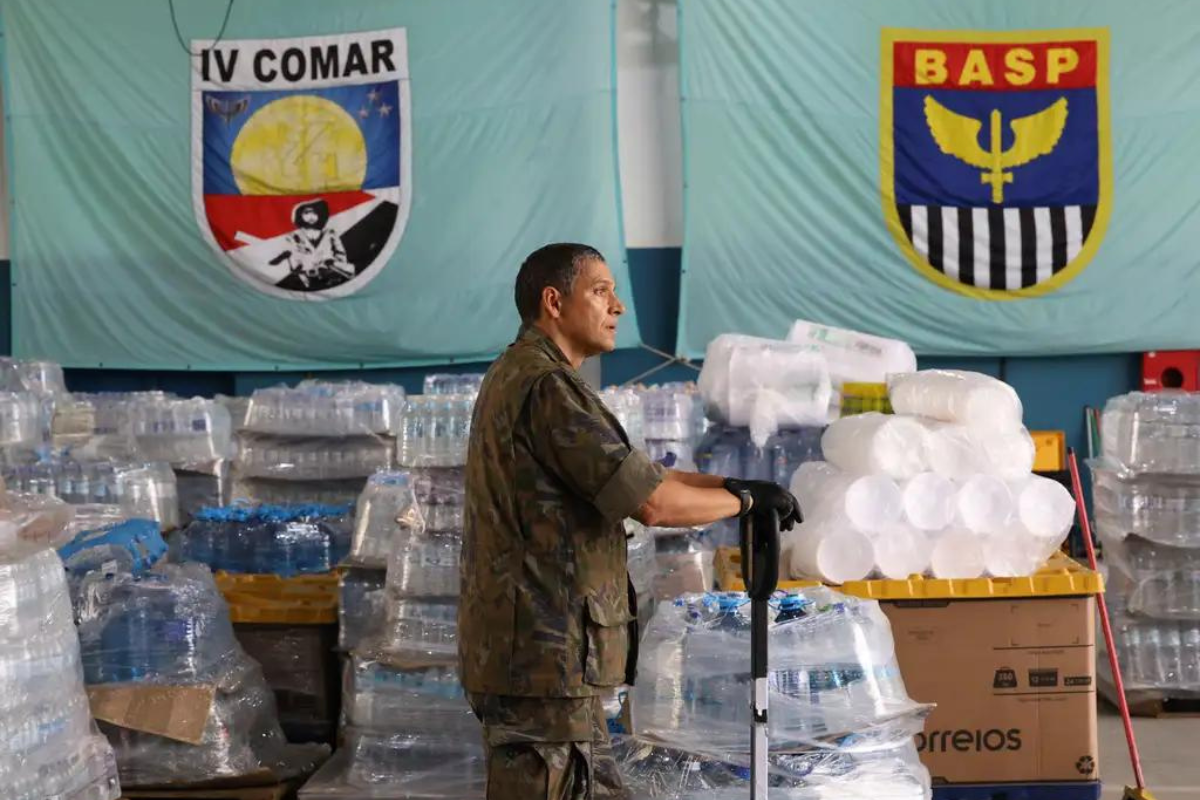
 Search
Search
